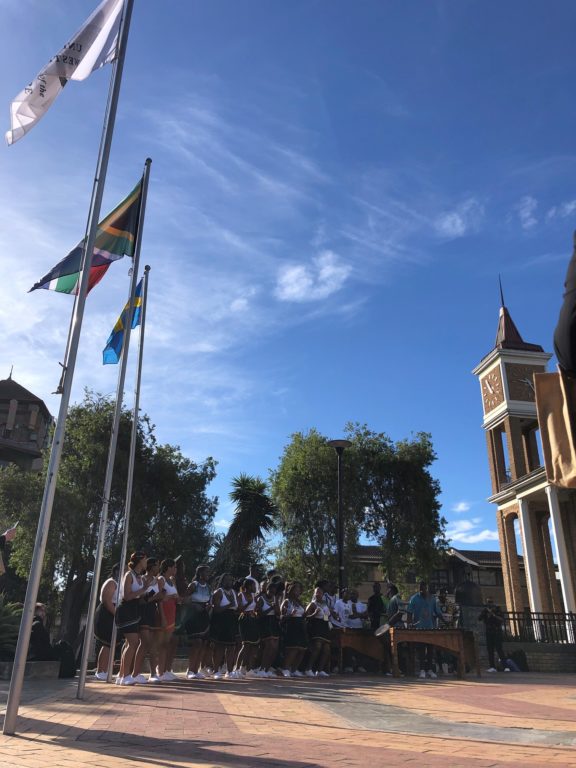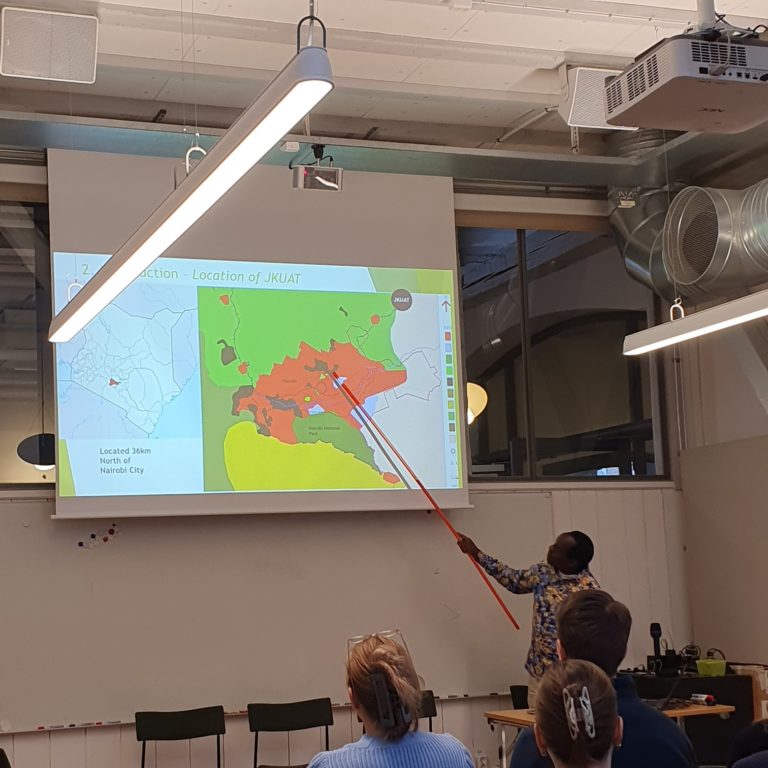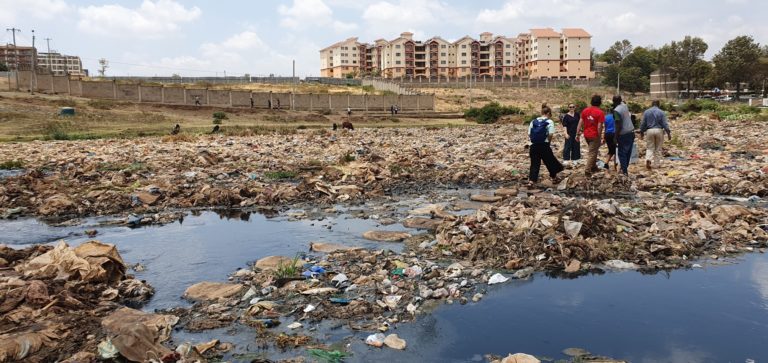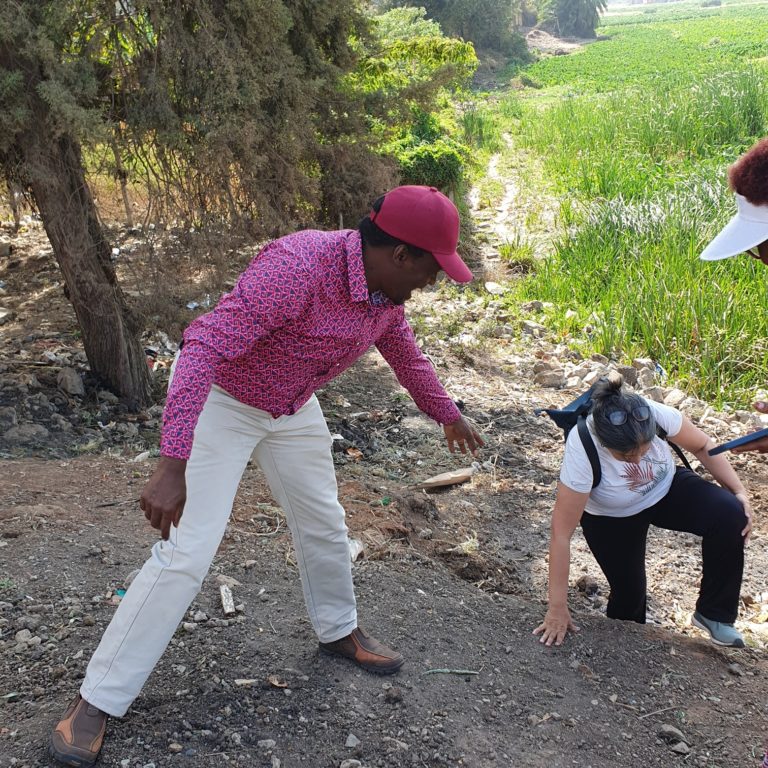This blog post is written by Ana Reverter Perdiz, Master’s student at the programme Conservation and Management of Fish and Wildlife, Dept. of Wildlife, Fish, and Environmental Studies.

Caption: South African and Sweden Student Representatives at the entrance of the University of the Western Cape during the second day of the Conference.
SASUF (South Africa University Forum) is a transformative project uniting 40 universities from Sweden and South Africa. The goal is to bring researchers, teachers, students, university leaders and stakeholders together to develop joint solutions to meet the challenges posed by the UN Sustainable Development Goals (SDGs) and Agenda 2030.
Within the SASUF network, there is the SASUF Student Network, a group of student representatives from each partner university. The student network is an innovative, international and multidisciplinary group formed by students from both undergraduate and postgraduate level. The goal of this project is to strengthen the academic relationship between both countries and work towards the SASUF goals of the SDGs and Agenda 2030.
In my role as a student representative from SLU, I travelled to Cape Town in late March to meet my colleagues for the SASUF Research and Innovation Week 2023 as well as the Student Network Summit 2023. During an entire week, researchers and students from across the world linked to Swedish and South African universities assisted in hybrid and in-person side events at the University of Western Cape, the venue for the meeting.
The Student Network hosted two Satellite Events in ‘Decolonising Education – Africanisation of Higher Education Institutions’ and ‘Student Participation in Internationalisation – How Can We Empower Students?’ and a full 3-day Student Summit. During the Student Summit, the representative students hosted their own sessions about Gender Equality, Food Security, Student Empowerment, Decolonisation of Education and Mental Health, attended workshops, held a session for the Vice Chancellors on the topic of Science Diplomacy and Sustainable Student Networks, participated in a discussion hosted by the Swedish Embassy and presented in the closing ceremony.
The Research and Innovation Week 2023 worked as the perfect occasion for the South African and Swedish representatives to meet and strengthen the ties already created during months and years of meetings. The student network was created in 2019, and due to the pandemic, many of them had never had the opportunity to meet in person. The engagement from the students at the conference was proof that they are willing to take the baton from previous generations of researchers and learn and work with them, in an environment where each person’s opinion is respected.
In addition to attending the conference and getting to know the world of academia, the students valued the opportunity to get to know the life in the city and the context beyond the walls of the university. Knowing the reality of the local population is a key aspect to create projects adapted to the future needs of people in South Africa and Sweden.
The Student Network will continue working towards its goals of increasing and enable student influence in SASUF and research, facilitate students’ empowerment and inspiration and adding social value to the communities by working with cultural sensitivity and international collaborations.

Caption: Traditional African music performance.
As written in our document ‘Action Points and Highlights – SASUF Student Summit 2023’, on behalf of all the students, we want to extend our gratitude for a great week. But – let us not stop here. Let us continue to jointly create sustainable, prosperous, and equal societies now, as well as in the future. Student influence is vital for a fair and just higher education system, where students work with – and not against – the universities. We hope to continue making this a reality together with all of you.
See you in Sweden next year for the SASUF Research and Innovation Week 2024, co-hosted by SLU! SASUF will continue working every day for a sustainable future.







